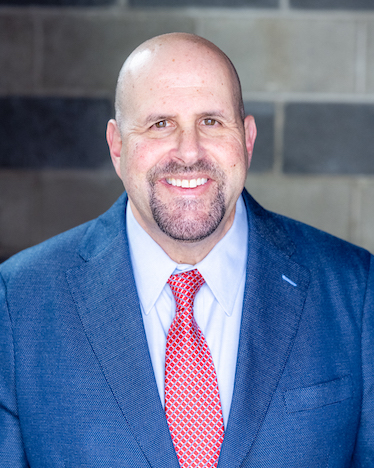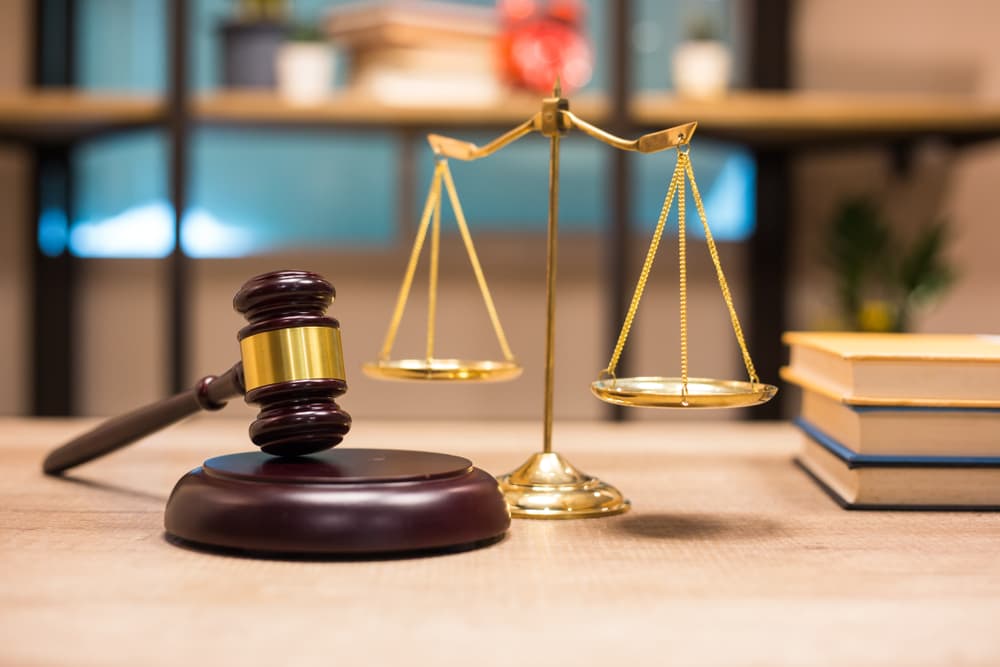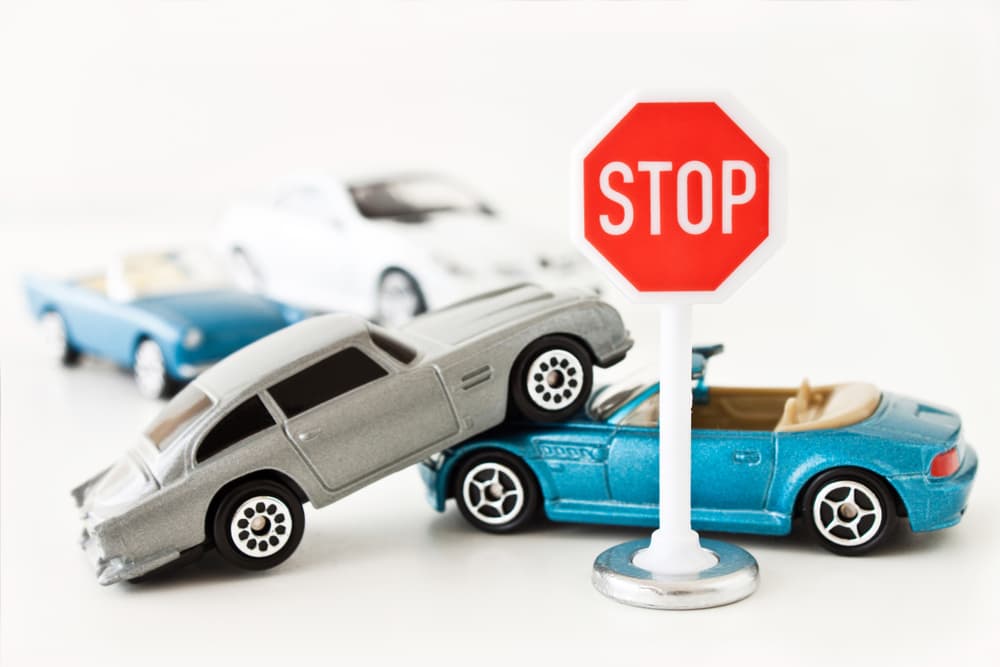Bounce Houses Equal Party Fun But Fail To Keep Kids Safe
Recent research has found that inflatable bounce houses, which are more popular than ever at children’s parties, fail to keep kids safe. According to NPR, 30 U.S. children a day are treated in emergency rooms for
broken bones, sprains, cuts and concussions from bounce house accidents.
Bounce Houses Often Do Not Keep Kids Safe: Notable Findings
In a
study published online Monday in the journal Pediatrics, Dr. Gary Smith, director of the Center for Injury Research and Policy at Nationwide Children’s Hospital in Columbus, Ohio and his colleagues found the following startling information on bounce houses and kid’s injuries:
- The number of children aged 17 and younger who got emergency-room treatment for bounce house injuries has climbed along with the popularity of bounce houses: from fewer than 1,000 injuries in 1995 to nearly 11,000 in 2010. That’s a 15-fold increase, and a doubling just since 2008.
- Most injuries involve children falling inside or out of the inflated playthings.
- Many children get hurt when they collide with other bouncing kids.
- Kids often crowd into bounce houses, and jumping up and down can send other children flying into the air.
- More than one-third of the injuries were to children aged 5 and younger.
- While the study didn’t include deaths, some accidents were fatal. Separate data from the product safety commission confirms four bounce house deaths from 2003 to 2007, all involving children striking their heads on a hard surface.
To lead author Dr. Gary Smith, these findings were unexpected: “I was surprised by the number, especially by the rapid increase in the number of injuries.” With the rise in popularity of any product that stimulates activity it makes sense that injuries would also increase somewhat, but these numbers should be alarming to any parent with a young child.
However, there are several things that can be done to keep kids safe at parties:
- Bounce houses should probably be supervised by trained operators.
- Bouncers should be prohibited from doing flips and purposefully colliding with others.
- Since it is recommended that children younger than 6 avoid full-size trampolines, barring kids that young from bounce houses also makes sense.
- Do not overload bounce houses with too many kids.
- Do not allow young children to bounce with much older, heavier kids or adults.
Recent Settlements
If your child has been hurt while using an inflatable bounce house, you may be able to bring a claim or lawsuit on the child’s behalf. The attorneys at Abels & Annes, P.C. have
won settlements in this area many times. Here are a few examples:
- $275,000 Premises Liability Settlement. Settled case against a building owner after a minor child sustained severe eye injuries when she was pushed into a defectively designed lock box on an apartment door.
- $220,000 Chicago Auto Accident Settlement. Reached an uninsured motorist claim settlement for two minor children who were fatally injured in a north suburban car accident. The at fault driver was DUI and crossed the center line.
- $85,000 Premises Liability Settlement. A child incurred a facial laceration from a small nail protruding from a couch in a local coffee shop.
Your ability to keep kids safe can be prevented by products like these bounce houses. However, Abels & Annes, P.C. has represented many hurt minors and their families, and we understand the importance of recovering compensation for their injuries. Serious injuries can require lifelong medical care and treatment, which can be extremely expensive for parents or guardians. We look to recover present and future costs when representing an injured minor.
If your child has been injured,
request a Free Case Consultation or call (312) 924-7575 to speak with a lawyer now.
David Abels
Partner
David Abels has carved a niche for himself in the personal injury law sector, dedicating a substantial part of his career since 1997 to representing victims of various accidents. With a law practice that spans over two decades, his expertise has been consistently recognized within the legal community.
Author's Bio



